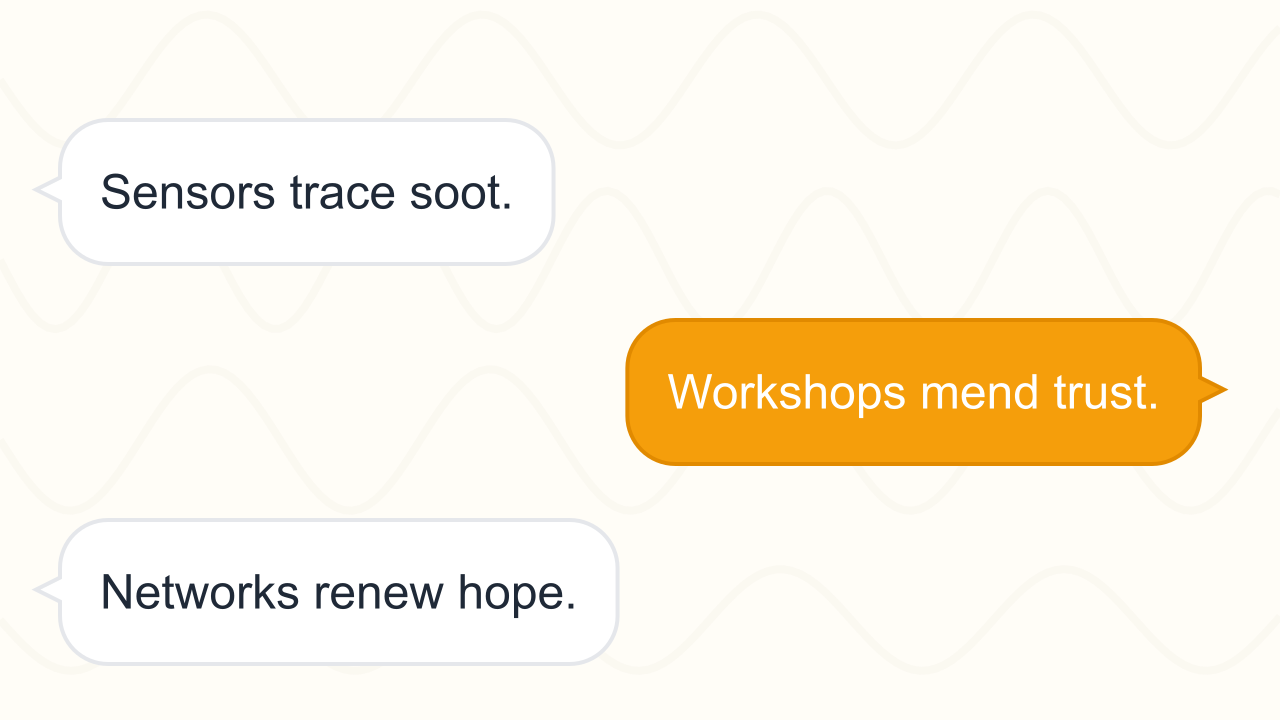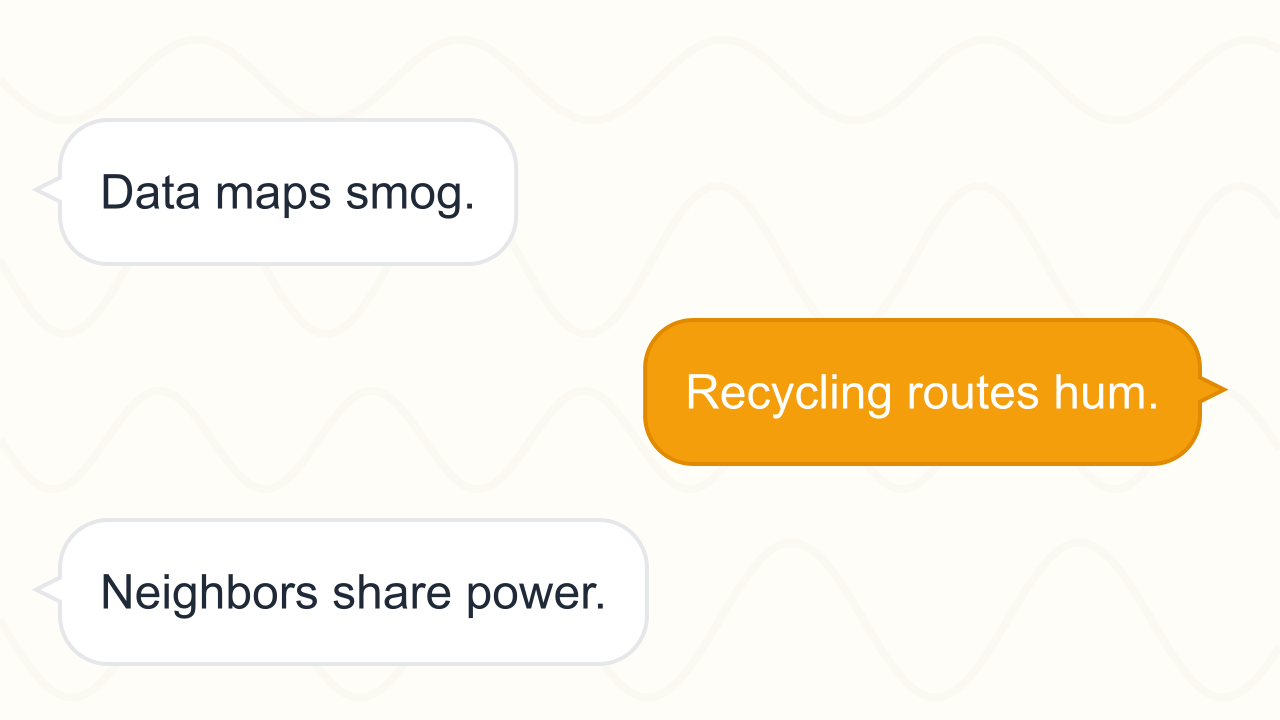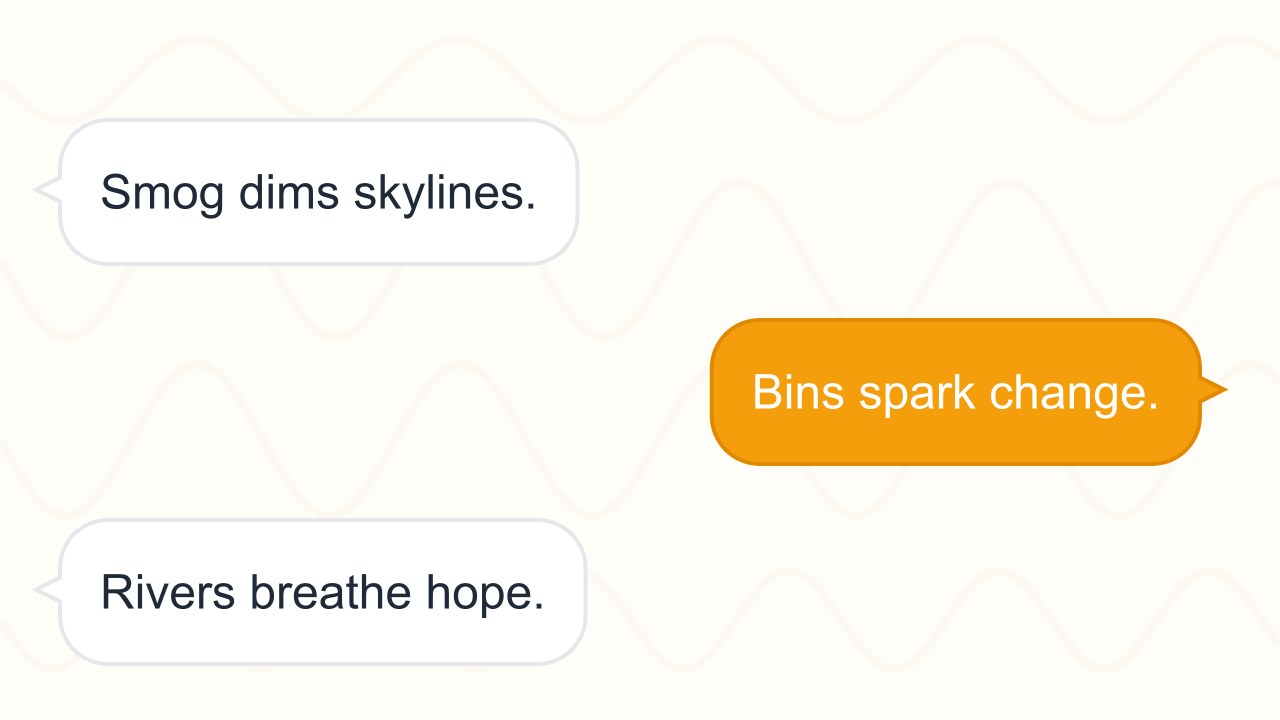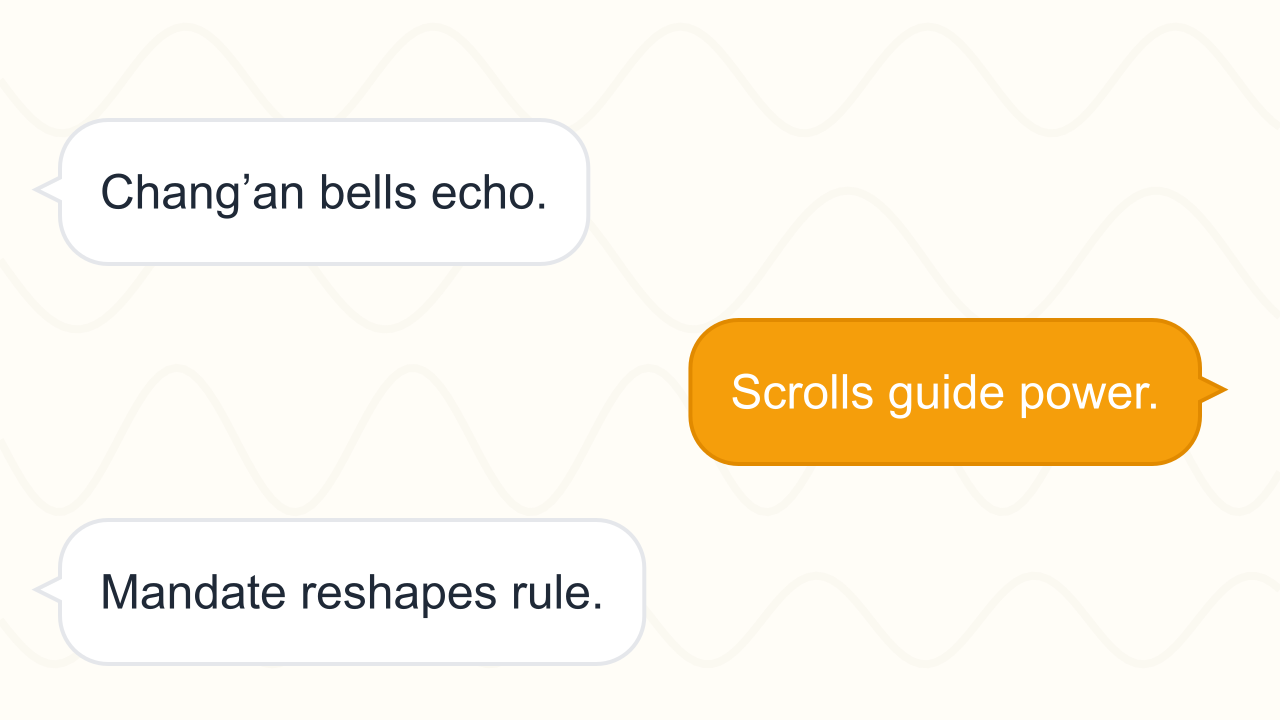Simón Bolívar: Liberator of the Andes reading Exercise
Journey with Simón Bolívar from his Caracas youth through daring Andean campaigns and the struggle to define lasting republics across northern South America.
Exercise Guide
How to complete:
Read the three passages in order. They trace Bolívar’s education, his military revolutions, and the political experiments that followed independence. Annotate key dates, regions, and alliances. Answer the questions, which blend factual checks with analysis of vocabulary, tone, and historical consequences.
Success tips:
Pay attention to geography—Caracas, Bogotá, Quito, Lima—and how landscapes shaped decisions.
- Track Bolívar’s mentors and compare their philosophies of liberty.
- Note how alliances with llanero cavalry, Indigenous communities, and Haitian supporters affected each campaign.
- Use context to define terms like "junta," "republicanism," and "amnesty."
- Ask what challenges emerged after military victories, such as governance and regional divisions.
- Summarize each passage to connect ideals of freedom with the complexities of postcolonial politics.
Knowledge:
This biography deepens knowledge of Latin American independence, the influence of Enlightenment thought, coalition warfare in the Andes, and the fragile nature of early republics. Skills practiced include contextual vocabulary, inference, and evaluation of political arguments.
Complete the Exercise
Reading Passage 1
Simón Bolívar was born in 1783 into a creole family of landowners in Caracas, then part of the Spanish viceroyalty of New Granada. Tutors schooled him in Enlightenment philosophy, and in Europe he witnessed Napoleon’s coronation before swearing an oath on Rome’s Monte Sacro to liberate his homeland. Mentors such as Simón Rodríguez urged him to pair political ideals with practical plans for educating citizens.
The Napoleonic invasion of Spain in 1808 fractured authority across the Atlantic. Caracas elites formed a junta in 1810, claiming loyalty to the deposed king while rejecting colonial governors. Bolívar served as envoy to London, securing British sympathy and connecting with Francisco de Miranda, whose failed revolution in 1806 had inspired earlier independence dreams.
When the Venezuelan republic declared independence in 1811, internal divisions surfaced. Earthquakes devastated patriot strongholds, and Spanish loyalists exploited social fears. Bolívar argued that unity required decisive leadership, freedom for enslaved fighters, and a republican constitution that balanced rights with discipline.
Which experience abroad reinforced Bolívar’s resolve to seek independence?
Why did the Caracas junta form in 1810?
Which challenge threatened the first Venezuelan republic after 1811?
What does Bolívar’s emphasis on freeing enslaved fighters suggest about his strategy?
Which vocabulary term from the passage refers to a temporary governing council?
Reading Passage 2
Defeat forced Bolívar into exile, but he regrouped in New Granada and issued the Cartagena Manifesto in 1812, arguing for centralized authority. Backed by daring llanero cavalry and support from Haitian President Alexandre Pétion—who provided weapons in exchange for a promise to free enslaved people—Bolívar launched the Admirable Campaign, recapturing Caracas in 1813 and earning the title “El Libertador.”
Royalist counterattacks soon drove patriots to the Orinoco basin. Bolívar adopted guerrilla tactics along the wide plains, allying with José Antonio Páez and Indigenous guides who knew river passages. In 1819 he led an audacious march across the flooded Llanos and over the icy Páramo de Pisba, surprising Spanish forces near Boyacá and securing Bogotá.
The victory enabled the creation of Gran Colombia, uniting Venezuela, New Granada, and later Quito. Bolívar envisioned a federation with strong executive power to prevent factional collapse. He convened the Congress of Angostura to debate constitutions that would balance liberty with order.
What role did Haitian President Alexandre Pétion play in Bolívar’s campaigns?
Why was the march across the Llanos and Páramo de Pisba in 1819 so significant?
How did Bolívar adapt his military strategy after early setbacks?
Why did Bolívar advocate for a federation like Gran Colombia?
Which word in the passage most closely means “forgiveness of past offenses”?
Reading Passage 3
Success in Peru and Bolivia between 1823 and 1825 seemed to complete Bolívar’s dream. He won victories at Junín and Ayacucho through generals Antonio José de Sucre and Andrés de Santa Cruz, ending major Spanish military presence in South America. The Republic of Bolivia adopted a constitution drafted by Bolívar, featuring a lifetime presidency balanced by moral authority and a hereditary senate—ideas that sparked debate about how to safeguard liberty.
Governance proved harder than liberation. Regional leaders resisted central control, and economic recovery lagged after years of war. In 1828 Bolívar survived an assassination attempt in Bogotá, escaping through a window with the help of Manuela Sáenz, a revolutionary ally who championed equality for women and Indigenous peoples.
By 1830 Gran Colombia fractured into separate states as local caudillos asserted power. Bolívar resigned and prepared to depart for exile, lamenting that “those who serve the revolution plow the sea.” He died that year in Santa Marta, leaving a legacy of independence movements, constitutional experiments, and enduring debates over unity versus regional autonomy.
What outcome did the battles of Junín and Ayacucho produce?
Why did Bolívar’s Bolivian constitution provoke debate?
What does Manuela Sáenz’s role in 1828 reveal about the independence movement?
Which phrase captures Bolívar’s frustration as Gran Colombia dissolved?
What ongoing question does Bolívar’s legacy pose for modern nations?
Share this exercise
Help others learn reading by sharing this exercise
Related Exercises

Designing Regenerative Networks for Future Neighborhoods
Trace how innovators, residents, and policymakers build interconnected solutions that cut pollution, expand recycling, and redesign everyday systems across six detailed case studies.

Clean Cycles for Tomorrow
Discover how neighborhoods reinvent waste systems, deploy new materials, and empower residents to shrink pollution footprints while expanding recycling access.

Pollution and Recycling: Restoring Our Cities
Explore how air, water, and waste pollution affect urban life, and examine the recycling innovations and community actions working to clean cities around the world.

Wu Zetian: Mandate of the Tang
Follow Wu Zetian’s ascent from a palace attendant to emperor of the Zhou dynasty, examining how she wielded scholarship, alliances, and reform to shape eighth-century China.

Harriet Tubman: Conductor of Freedom
Trace Harriet Tubman’s transformation from an enslaved child on Maryland’s Eastern Shore to a fearless Underground Railroad guide, Civil War scout, and lifelong advocate for equality.